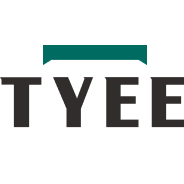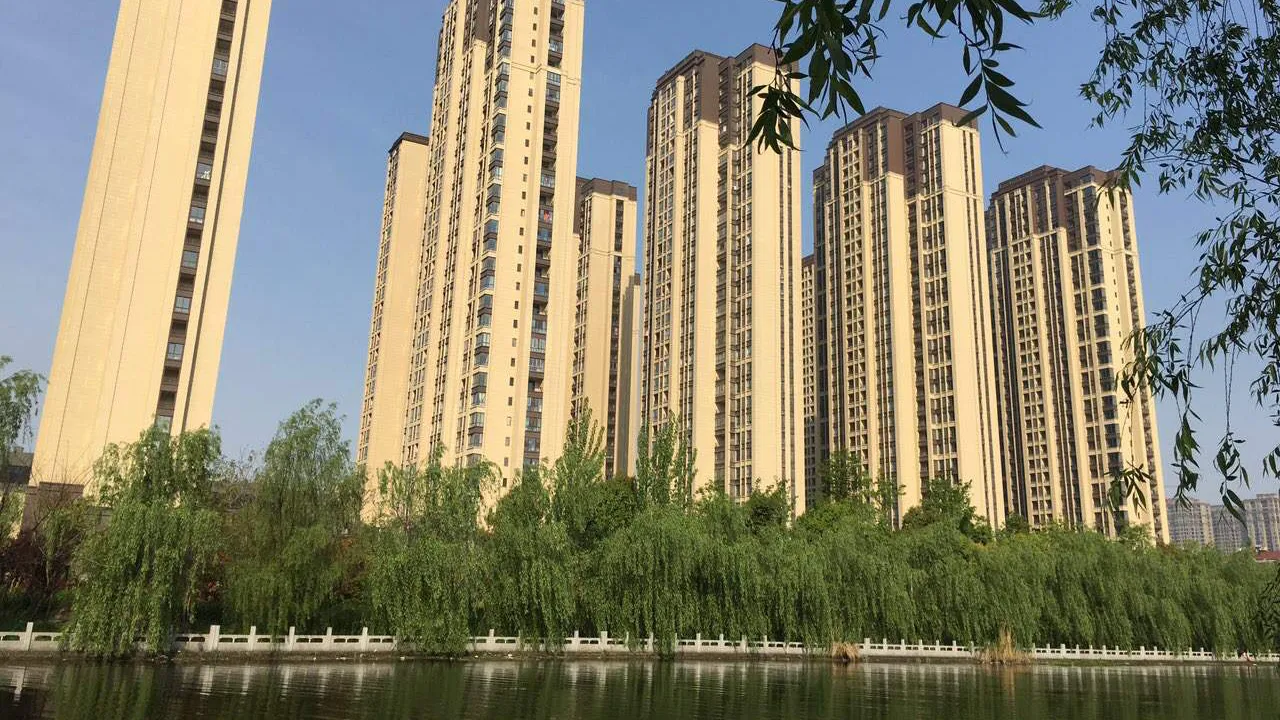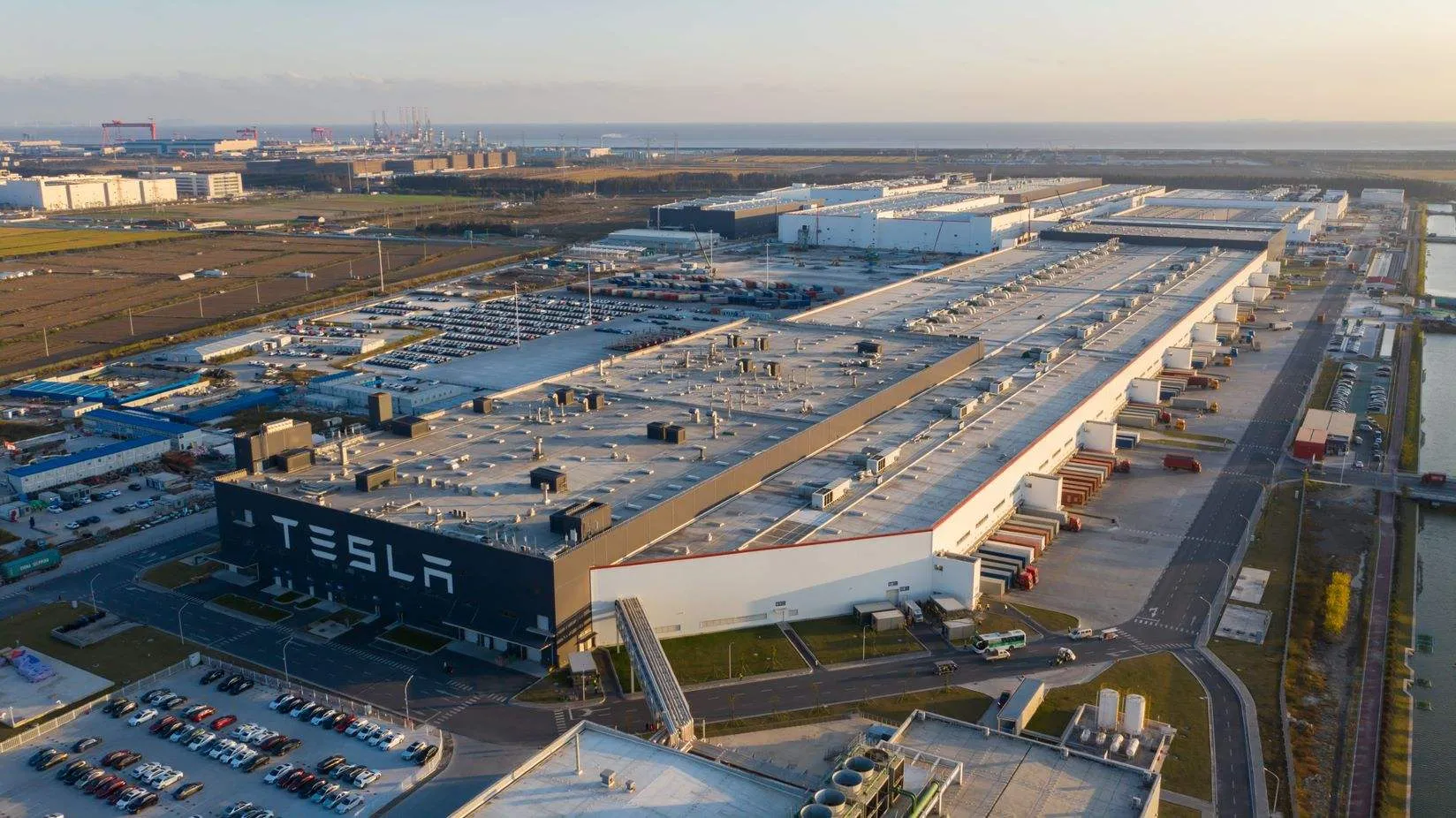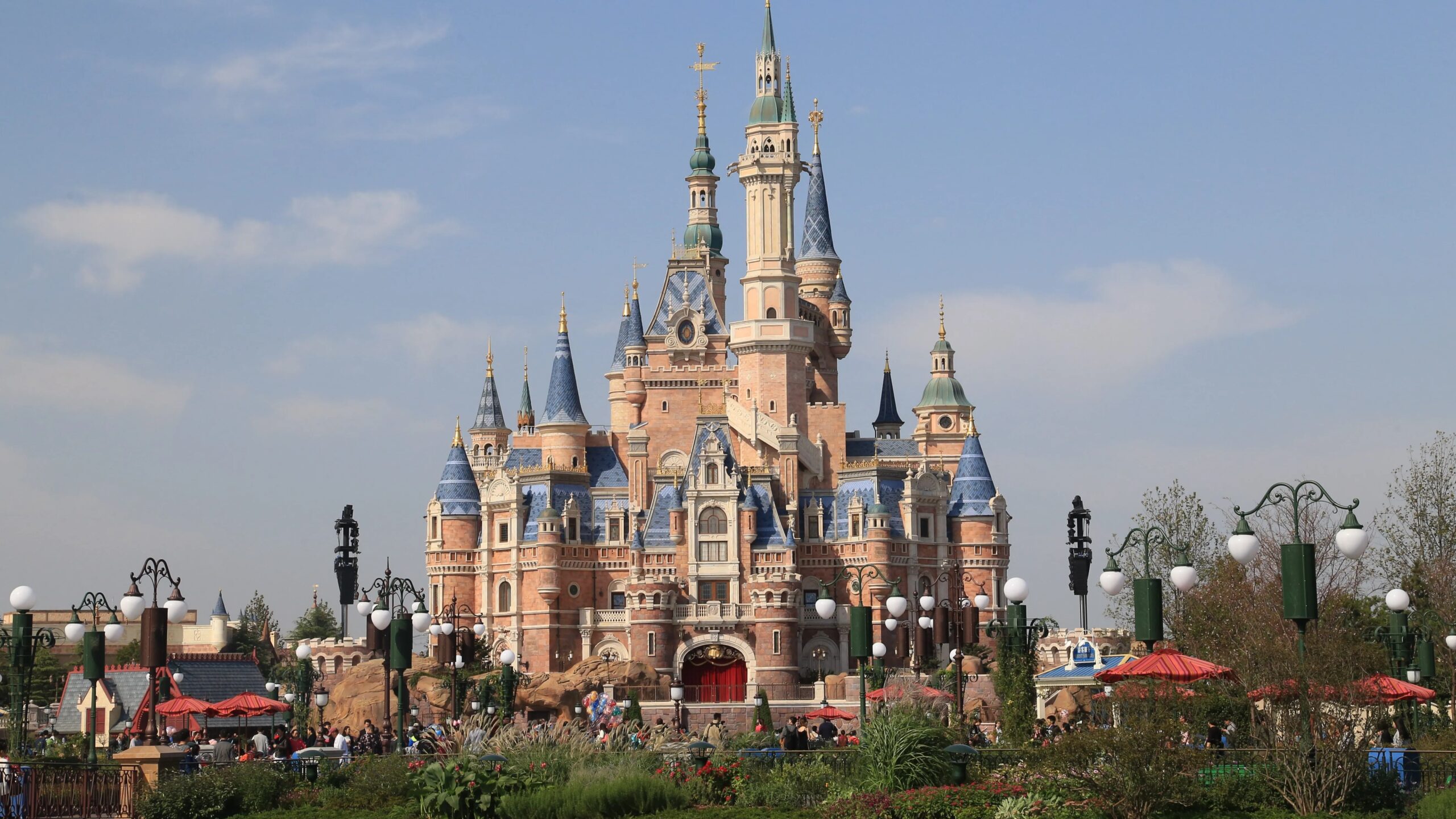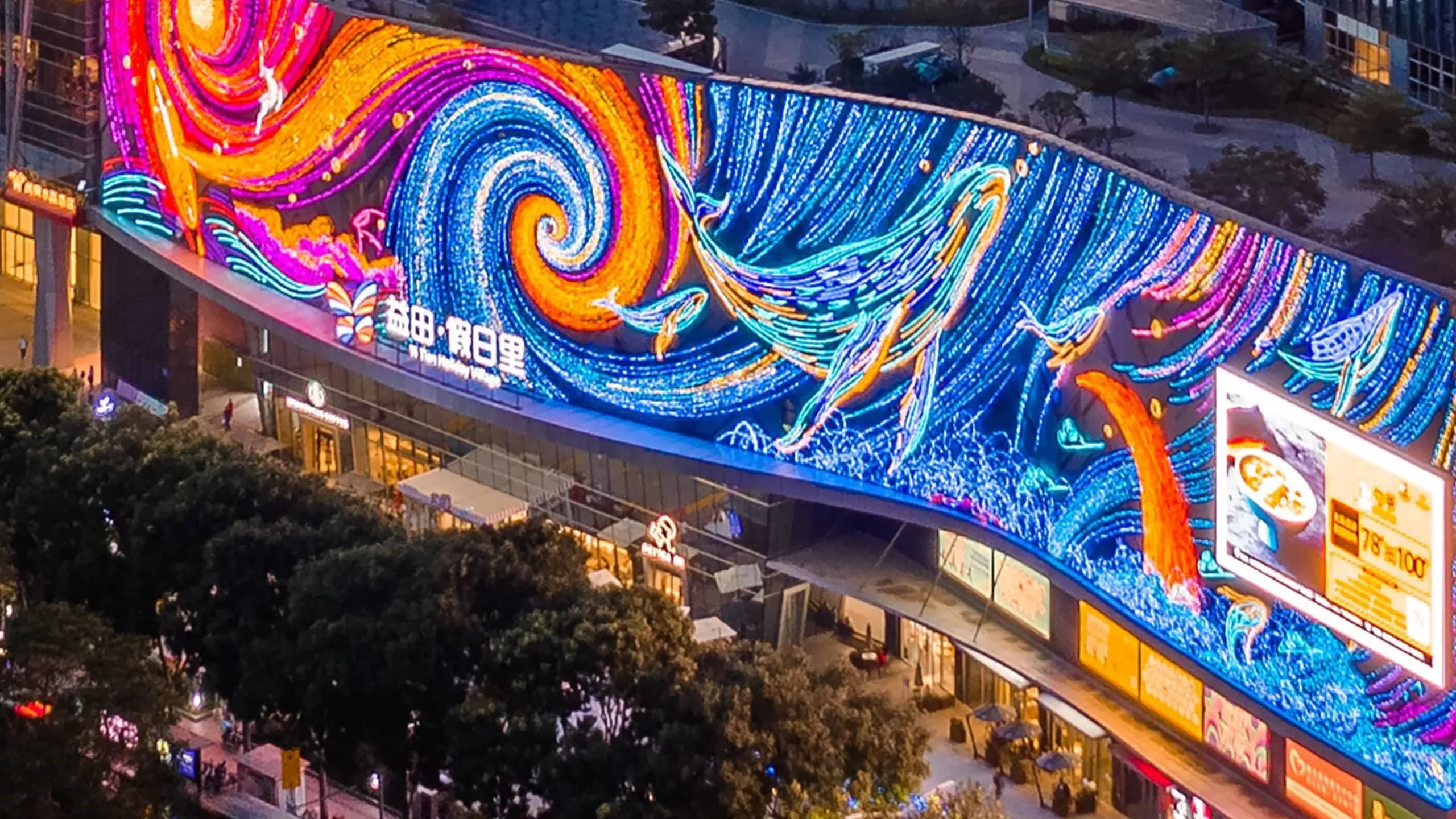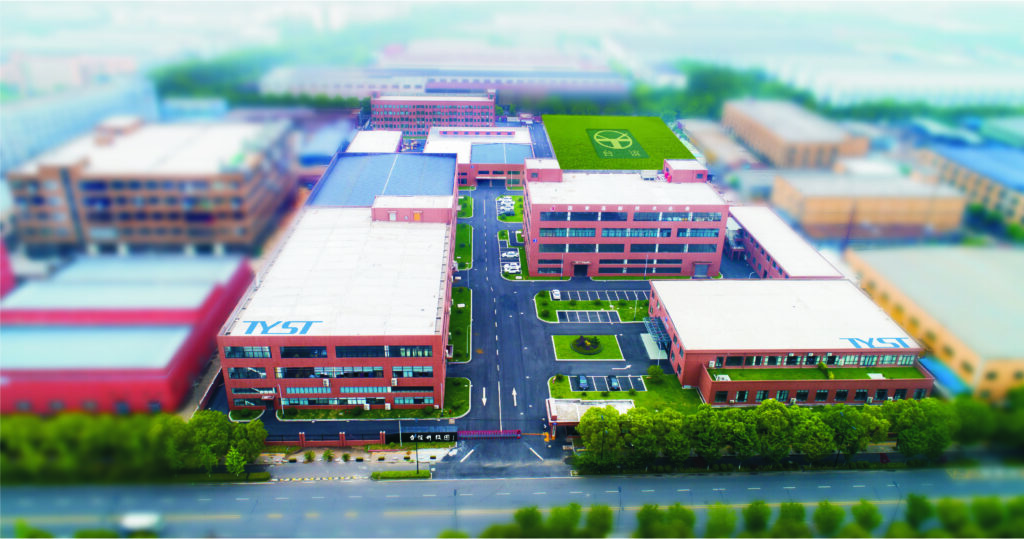
Image Source: pexels
You face real risks when managing municipal public buildings. Nearly 10% of all fires occur in nonresidential structures, including municipal facilities, which shows why strong fire protection matters.

Intelligent fire detection and alarm systems, such as those from tyee, help you act fast and meet strict regulations. These advanced solutions use AI and IoT to boost speed, accuracy, and integration, making your buildings safer and more compliant.
Key Takeaways
- Municipal public buildings face many fire and safety risks that need strong protection to keep people safe.
- Traditional fire detection systems often miss small fires and cause false alarms, making them less reliable.
- Intelligent fire detection uses AI, smart sensors, and real-time monitoring to spot fires faster and more accurately.
- tyee’s advanced fire alarm and emergency lighting systems provide quick alerts, clear evacuation guidance, and work well in tough conditions.
- Using intelligent fire detection improves safety, helps meet regulations, and gives building managers peace of mind.
Fire Protection Needs
Municipal Building Risks
You face many risks when you manage municipal buildings. These places often have high foot traffic and serve many people every day. Hazards can come from both inside and outside the building. For example, icy sidewalks and pathways in winter can cause slip-and-fall accidents. Snow that is not removed quickly can block exits or make walkways dangerous. Potholes and uneven pavement create tripping hazards, especially after freeze-thaw cycles. Poorly maintained railings and untreated stairs add to the danger. When lighting is not bright enough, people may not see ice patches or uneven surfaces, which increases the risk of accidents.
Note: Municipalities often struggle to keep up with maintenance, especially during harsh weather. This can make it harder to prevent accidents and injuries.
Here is a table showing the impact of fires and related risks in public buildings:
| Metric | Data / Statistic |
|---|---|
| Annual fire deaths (developed countries) | ~5,000 |
| Annual fire deaths (developing countries) | ~15,000 |
| Fire-related deaths in USA (2017) | 2,695 |
| Fire-related injuries in USA (2017) | >10,820 |
| Economic loss due to fires in USA (2017) | ~USD 8 billion |
| Fires recorded in Canada (2005-2015) | ~460,000 |
| Fire fatalities in Canada (2005-2015) | 15,327 |
| Economic loss due to fires in Canada | CAD 7.3 billion |
These numbers show why you need strong fire protection strategies in municipal buildings.
Traditional System Limits
Traditional fire safety systems have several weaknesses. They often rely on fixed rules or simple sensors. These systems can miss small fires or give false alarms when there is smoke from cooking or dust. They also struggle in complex environments, such as when there is heavy rain, snow, or strong sunlight. Sometimes, objects that look like flames can trick the system and cause false alarms.
- Traditional systems have lower accuracy and higher false detection rates.
- They may not detect fires quickly if the flames are small or hidden.
- Environmental changes, like clouds or reflections, can confuse the system.
- Maintenance can be difficult, and older systems may not connect well with new technology.
Intelligent Fire Detection

How It Works
You need a system that can spot danger before it grows. Intelligent fire detection uses smart sensors, cameras, and advanced software to watch your building all the time. These systems do not just wait for smoke or heat. They look for patterns and signs that a fire might start.
When you use intelligent fire detection, the system collects data from many sources. It checks for smoke, heat, gas, and even changes in air quality. Cameras with AI can spot flames or smoke in real time. The system then uses machine learning to decide if there is a real fire or just a harmless event, like steam from a shower.
If the system finds a threat, it sends an alert right away. You get a warning on your phone, computer, or control panel. This fast response helps you act quickly and keep people safe.
Note: Research shows that 74% of building fire-related deaths happen because people do not get a warning in time. Intelligent fire detection systems help solve this problem by giving you early alerts.
You can see how these systems work better than old methods:
- Traditional systems often miss small fires or give false alarms.
- Intelligent systems use AI to spot real fires faster and more accurately.
- Real-time monitoring lets you plan safe evacuation routes and send help where it is needed most.
Key Technologies
You get the best results when you use the latest technology. Intelligent fire detection systems use a mix of sensors, cameras, and smart software. Here are some of the main technologies:
- AI and Deep Learning: These tools help the system learn what a real fire looks like. They can tell the difference between smoke from a fire and smoke from cooking. AI also helps reduce false alarms.
- Internet of Things (IoT): IoT connects all your sensors and devices. This network lets the system collect and share data in real time. You can see what is happening anywhere in your building.
- Smart Cameras and Sensors: Cameras use computer vision to spot flames or smoke. Sensors check for heat, gas, and changes in air quality. Some systems use multi-spectral sensors to catch early signs of fire.
- Cloud and Edge Computing: These systems process data quickly, either on-site or in the cloud. This means you get alerts in seconds, not minutes.
You can see the difference in performance between traditional and intelligent systems in the table below:
| Aspect | Traditional Systems | Intelligent Systems |
|---|---|---|
| Detection Method | Manual observation and reporting | Continuous automated monitoring |
| Documentation Speed | Hours to days after occurrence | Real-time recording with precise timestamps |
| Response Time | Days to weeks | Minutes to hours |
- AI and IoT help you get early warnings and faster responses.
- Multi-sensor technology checks for smoke, heat, and gas at the same time.
- Smart algorithms improve over time, making your system even better.
Modern fire detection systems also use drones and augmented reality for large or complex sites. Drones with thermal cameras can find fires quickly, even in hard-to-reach places. Augmented reality helps reduce false alarms and saves money.
Tip: Using intelligent fire detection gives you more control and peace of mind. You can trust the system to watch over your building day and night.
tyee Solutions
Automatic Fire Alarm System
You need a fire alarm system that works fast and keeps people safe. The TY2001 Automatic Fire Alarm System from tyee gives you advanced protection for municipal public buildings. This system uses smart sensors and intelligent algorithms to spot fires early and reduce false alarms.
You get many benefits with the TY2001 system:
- The system uses multi-sensor detectors that check for smoke, heat, and gas at the same time.
- It works well in tough places, like humid factories or coastal areas, because it has an IP65 rating. This means it is waterproof and dustproof.
- The system can handle temperatures from -20°C to 55°C. You can trust it in both cold and hot weather.
- All parts pass salt spray tests, so you can use them in chemical plants or near the ocean without worry.
- You can connect the system to your building’s management system. It uses strong encryption to keep your data safe.
- The system gives you real-time alerts and links with other safety equipment, like sprinklers and emergency lights.
- You do not need to spend much time on maintenance. The design makes it easy to check and fix.
- The smoke and carbon monoxide alarms last up to 10 years, so you do not have to replace them often.
- The system has a reliable battery backup. It keeps working for at least 90 minutes if the power goes out.
- tyee uses automated production lines and tests every part in climate chambers and with surge generators. This makes sure you get a system that works when you need it most.
You can see the TY2001 system in action in airports, hotels, factories, and big infrastructure projects. It meets strict standards like ENEC and CE, so you know it is safe and reliable.
Tip: When you use a smart fire detection system like TY2001, you get faster alerts and better protection for everyone in your building.
Emergency Lighting and Evacuation
When a fire happens, you need to help people leave the building quickly and safely. tyee’s Emergency Lighting and Evacuation Indication System gives you clear guidance during emergencies. This system uses advanced technology to show the best way out, even if smoke or fire blocks some exits.
Here is what you get with this system:
- Centralized control lets you monitor all emergency lights and signs from one place.
- The system checks itself all the time. If a light or sign stops working, you get an alert right away.
- It uses high-brightness LED lights that save energy and last a long time.
- The system can change evacuation routes based on where the fire is. It guides people away from danger.
- You can control the system remotely and see a map of the building on the display.
- The wiring is simple and safe. The system uses low voltage to prevent electric shocks.
- All parts are made from strong materials, like stainless steel, and have a high protection rating (IP67 for ground lights).
- The system meets national standards and has passed strict quality tests.
You can use this system in many places, such as city halls, schools, hospitals, malls, and transportation hubs. It helps everyone find the safest exit, even in large or complex buildings.
Note: Smart emergency lighting systems save lives by showing people the safest way out during a fire.
Real-World Applications
You want proof that these systems work in real life. tyee has protected many important municipal buildings and public spaces with its fire detection and evacuation solutions.
Here are some examples:
| Project Name | Location | System Used |
|---|---|---|
| Museum of the Communist Party of China | Beijing, China | Automatic Fire Alarm System, Emergency Lighting |
| Hangzhou Olympic Sports Expo City Sports Center | Hangzhou, China | Automatic Fire Alarm System, Emergency Lighting |
| Baihetan Dam | Sichuan, China | Automatic Fire Alarm System |
| Hangzhou Metro Line 3 | Hangzhou, China | Emergency Lighting and Evacuation |
| Gwadar New International Airport | Pakistan | Automatic Fire Alarm System |
You can also find tyee systems in hospitals, hotels, shopping centers, and even in large industrial projects. These solutions help protect millions of people every day.
tyee has earned many awards, such as the CEIS2024 “Top 10 Fire Alarm Brands” and the Red Dot Design Award for product innovation. The company holds certifications like ISO9001, ISO14001, UL, CE, LPCB, and GOST. These honors show that you can trust tyee for quality and safety.
When you choose tyee, you get advanced technology, proven reliability, and support from a leader in fire safety.
Benefits and Challenges
Faster Detection and Response
You want to keep people safe and reduce damage during a fire. Intelligent fire detection systems help you do this by spotting fires quickly and sending alerts right away. AI-powered sensors and cameras watch for smoke, heat, and flames at all times. These systems use advanced models, like improved YOLOv5 and DSS-YOLO, to find fires faster and more accurately than older systems. They can even tell the difference between real fires and harmless events, which means fewer false alarms. Studies show that these systems can detect small or hidden fires in seconds, giving you more time to act and protect everyone in the building.
- AI analyzes data from sensors and cameras to identify fires early.
- Real-time alerts help you respond faster and guide people to safety.
- Wireless sensor networks can cover large areas and send quick notifications.
Integration and Compliance
You need your fire detection system to work well with other building systems. Intelligent systems use digital data and smart connections to share information with alarms, sprinklers, and emergency lighting. This makes your whole safety plan stronger. You also get detailed reports and real-time updates, which help you meet safety rules and pass inspections. For example, addressable systems can pinpoint the exact location of a fire, making it easier for firefighters to respond.
| Aspect | Conventional Systems | Intelligent Systems |
|---|---|---|
| False Alarms | Frequent | Rare, due to smart sensors |
| Safety | General zone detection | Exact fire location |
| Scalability | Limited | Flexible, supports expansion |
| Data Capability | Basic signals | Detailed, real-time data |
You must also follow laws and standards. Intelligent systems help you do this by keeping records, supporting audits, and making sure your building stays compliant.
Implementation Considerations
When you set up an intelligent fire detection system, you face some challenges. You need to make sure the system works with your current building technology. Data from different devices must connect smoothly. Sometimes, you need to update old software or train staff to use new tools. Cybersecurity is important, too. You should protect your system from hackers and keep regular backups. Clear rules and training help your team avoid mistakes and keep the system running well.
Tip: Plan for regular updates and staff training to keep your system secure and effective.
You can see how intelligent systems change the way you protect municipal buildings. These solutions use AI and IoT to track people during emergencies and guide safe evacuation. You get real-time data, fewer false alarms, and faster responses.
- You help first responders with live updates and dynamic evacuation routes.
- You improve safety by finding weak spots and planning better fire prevention.
Choose tyee’s advanced systems to keep your buildings safer and meet all safety rules.
FAQ
How do intelligent fire detection systems reduce false alarms?
You get fewer false alarms because the system uses smart sensors and AI. It checks for real fire signs, like heat and smoke patterns. The system learns to ignore harmless things, such as steam or dust.
Can you connect tyee’s fire alarm system to other building systems?
Yes, you can connect tyee’s system to sprinklers, emergency lights, and building management systems. This helps you control everything from one place and improves safety during emergencies.
What happens if the power goes out during a fire?
The system has a strong battery backup. You get at least 90 minutes of operation, so alarms and emergency lights keep working even if the main power fails.
How does the emergency lighting system help people evacuate safely?
The system shows the safest exit routes using bright LED signs. It changes the path if fire blocks an exit. You see clear directions, even in smoke or darkness.
Where can you use tyee’s intelligent fire safety solutions?
You can use these systems in city halls, schools, hospitals, airports, malls, and more. They work well in large, complex, or high-traffic buildings.

